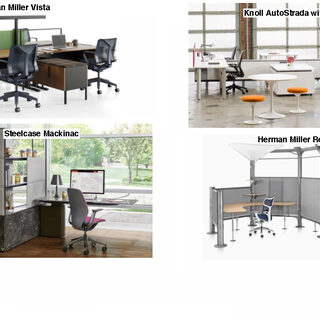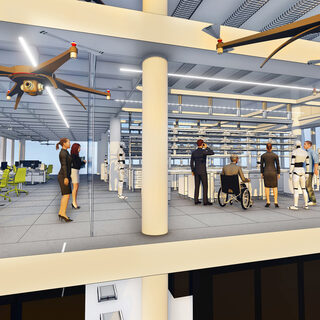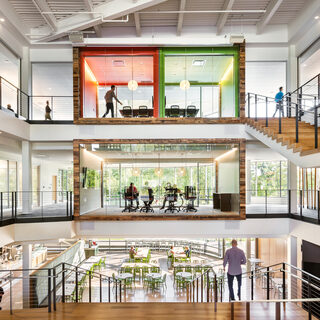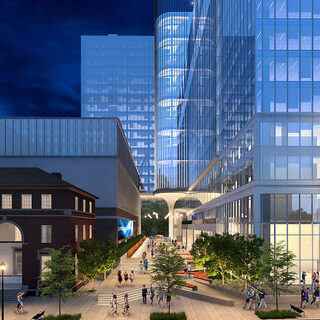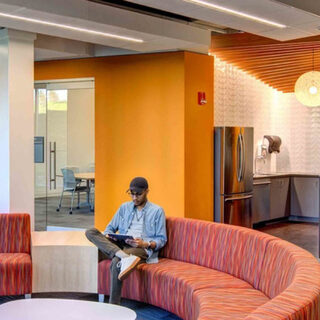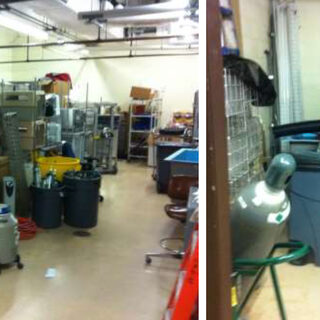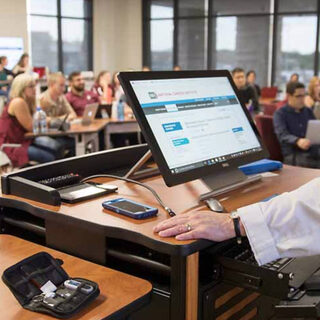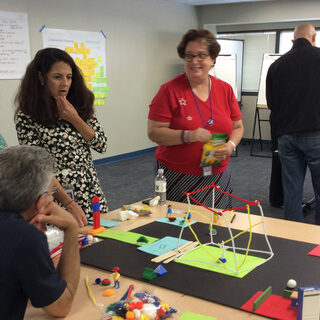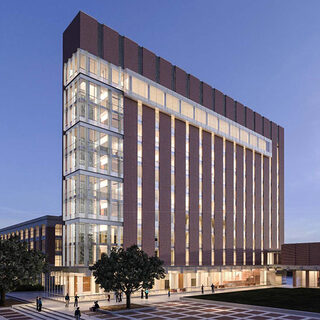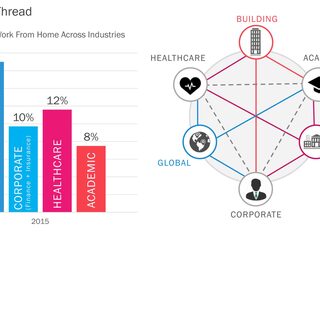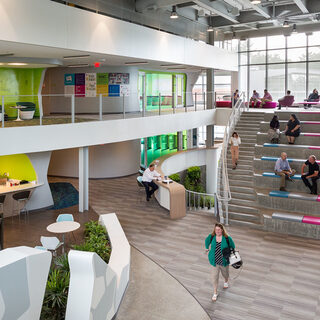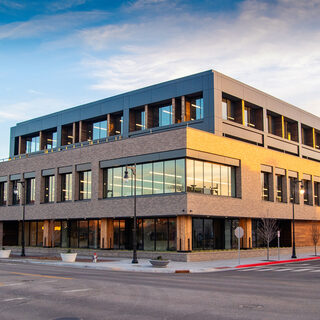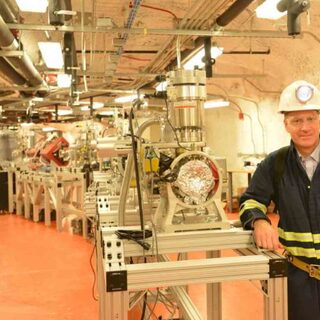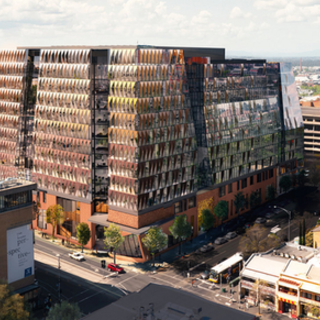Selecting Furniture to Optimize Functionality and Efficiency of Evolving Workplaces
As workplace environments continually change to accommodate the diversity of today’s employee workstyles, choosing the most appropriate furniture is an increasingly important aspect of the design process. While furniture selection may have been an afterthought in the past—a decision to be considered only after a building was constructed or renovated—many organizations now realize the value of putting furniture selection on the front burner. Furniture can impact workplace change initiatives by empowering employees, improving employee satisfaction and productivity, enhancing collaboration, and improving overall organizational efficiencies. The selection and placement of furniture—from standing desks, height-adjustable tables, room dividers, storage space, and myriad seating options—are now being aligned with an organization’s objectives.

